Plants can do wonders for your home’s décor, adding splashes of color and life. Engaging in some green therapy can also help us stay calm during these stressful pandemic times. But before you run down to the flower market or place an order online for a pot of peace lilies – Do you know which plants are harmful for our pets? What’s good for us may not necessarily be good for our furry friends!
In fact, hundreds of common house and garden plants can be poisonous to varying degrees for cats and dogs. Keep your furry ones healthy by knowing which plants are safe to have around the house and which are not. One thing to note – many plants are known by multiple names. To avoid confusion, look up a plant using its scientific name.
Here are some of the most common houseplants that are toxic for pets:
1. Lilie (Lilium species)
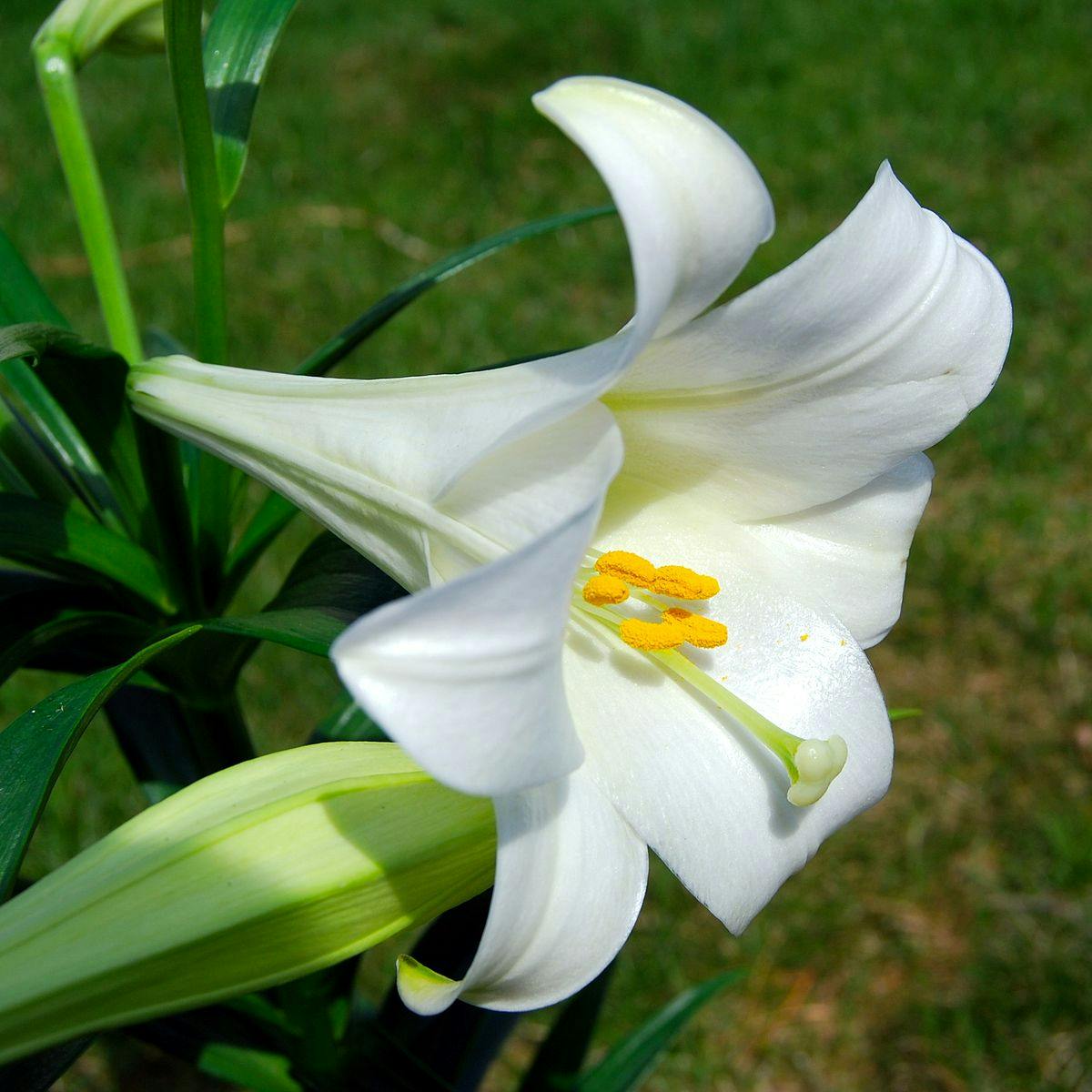
These blooms look gorgeous in a vase, but many lily varieties are toxic for pets, especially for cats. The Asian lily (Lilium asiatica), Easter lily (Lilium longiflorum), and Day lilies (Hemerocallis spp.) are among the most dangerous. The entire plant is poisonous, so even ingesting some pollen or drinking water from the vase can make your pet very ill. It can cause fatal kidney failure in cats in less than 3 days if left untreated. For dogs, lilies are less harmful. However, some species can still cause serious health problems, such as Lily-of-the-valley (Convallaria majalis). Dogs coming into contact with this lily can develop irregular heartbeat, drop in blood pressure, and possibly fall into a coma.
2. Daffodils (Narcissus spp)
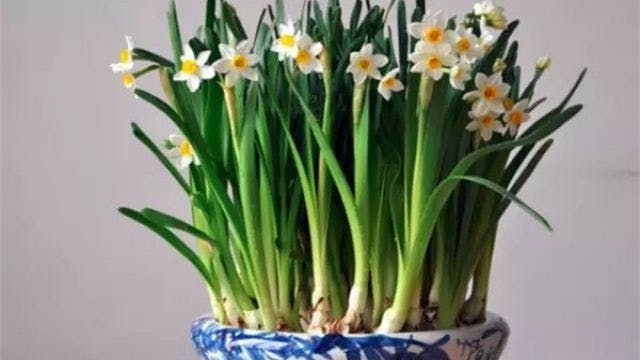
This auspicious flower is a common sight in homes, especially around Chinese New Year. However, daffodils are toxic to both cats and dog. Eating part of the plant, especially the bulb, can cause vomiting, diarrhea, low blood pressure, and irregular heartbeat.
3. Aloe (Aloe vera)
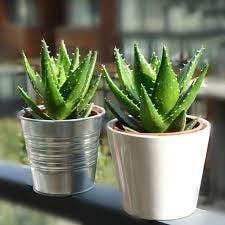
Aloe is a household favorite. This succulent to take care of and the gel inside the leaves are useful to treat burns, or simply as a natural moisturizer! The gel is not harmful for pets, but the outer layers contain toxins including saponins, which can cause gastrointestinal upset in cats and dogs if ingested.
4. Dumb Cane (Dieffenbachia)
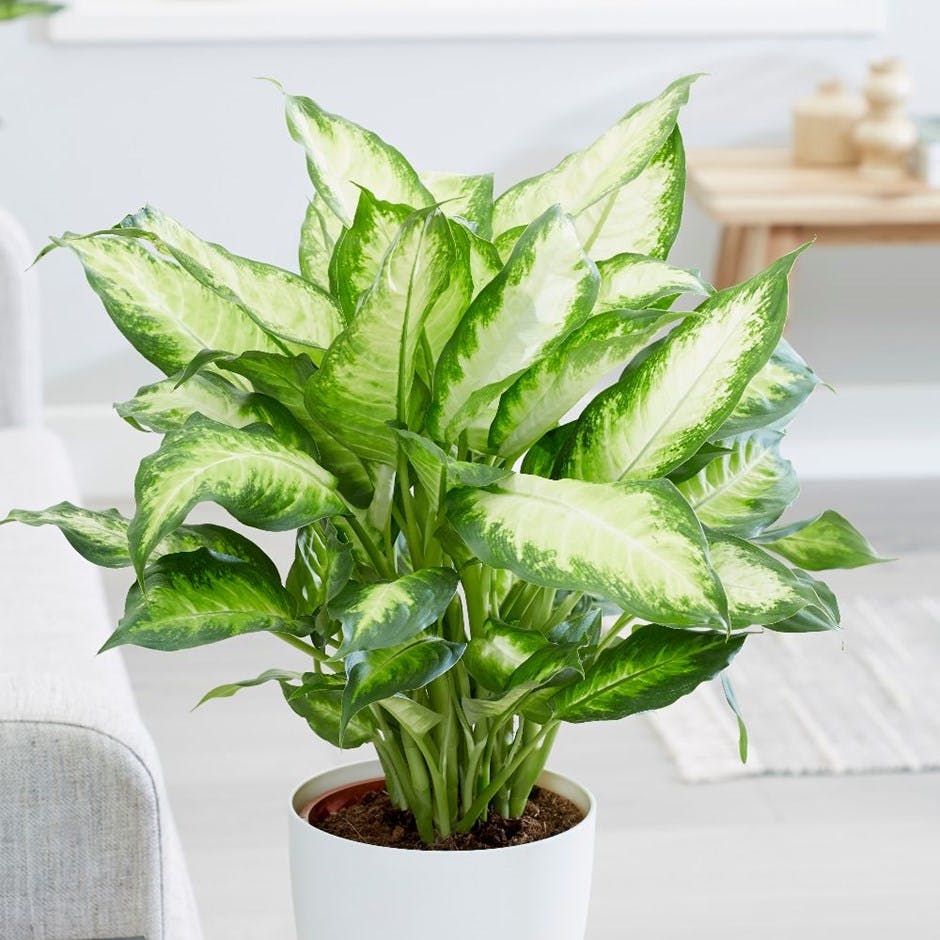
The Dieffenbachia is one of the best indoor plants as it can thrive without much sunlight. Its large green leaves look harmless enough, right? Maybe not for your pet. Chewing on this plant won’t have deadly consequences, but it will cause some very uncomfortable symptoms in your furry friend, including a burning sensation in the mouth, vomiting, and even difficulty in swallowing.
5. Pothos (Epipremnum aureum)
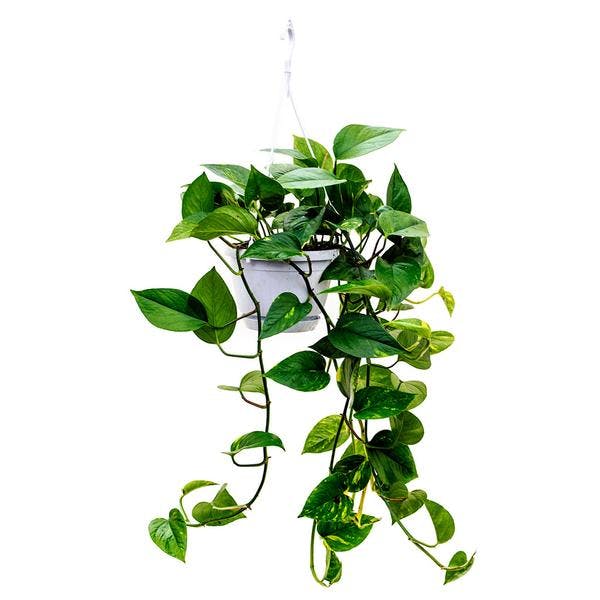
Hanging plants add character to a home and the Pothos, also called Devil’s Ivy, is one of the most popular choices. It poses similar risks to pets as the Dumb Cane, as they’re both part of the Araceae family. If you can hang your plant somewhere out of your furry one’s reach, then it could be safe to have it indoors. Keep in mind though that cats in particular are tenacious creatures. They can often get up to places you wouldn’t imagine possible!
6. Sago Palm (Zamia pumila)
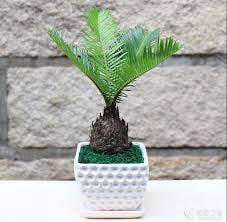
This unusual looking plant is catching the eyes of many plant enthusiasts and it can add a tropical touch to your home instantly. If you have furry friends at home though, it’s best to keep the sago palm away. The whole plant is harmful for cats and dogs. The seeds are particularly toxic – eating just a few can be deadly. Signs of poisoning include vomiting, bloody stools, bruising, and liver failure.
7. Elephant’s Ears (Caladium hortulanum)

The Caladium is a beautiful houseplant with green and pink heart-shaped leaves. It goes by many names, including Malanga and Mother-in-law plant. It is also another member of the Araceae family, and unfortunately harmful for pets.
The ASPCA has a comprehensive database of plants that are toxic and non-toxic for cats and dogs. Each plant description includes its common names, scientific name, and toxicity.
With furry buddies in the house, it’s best to avoid the more dangerous plants completely. But that doesn’t mean you can’t enjoy the benefits of having greenery in your home. There are ways to keep curious paws away from houseplants and also many foliage that are pet safe.
If you suspect your pet has taken a nibble of a toxic plant, contact your vet straight away. Pawfect Care reimburses up to 90% of medical expenses when your furry one gets into an unexpected accident, and all registered vets in Hong Kong are covered.
